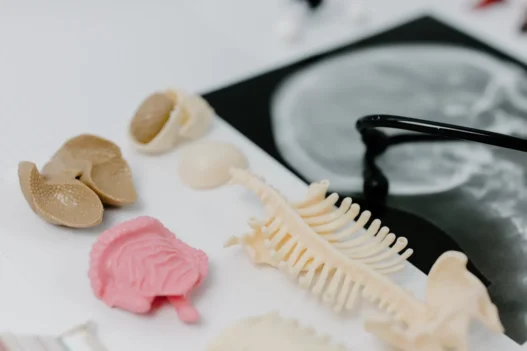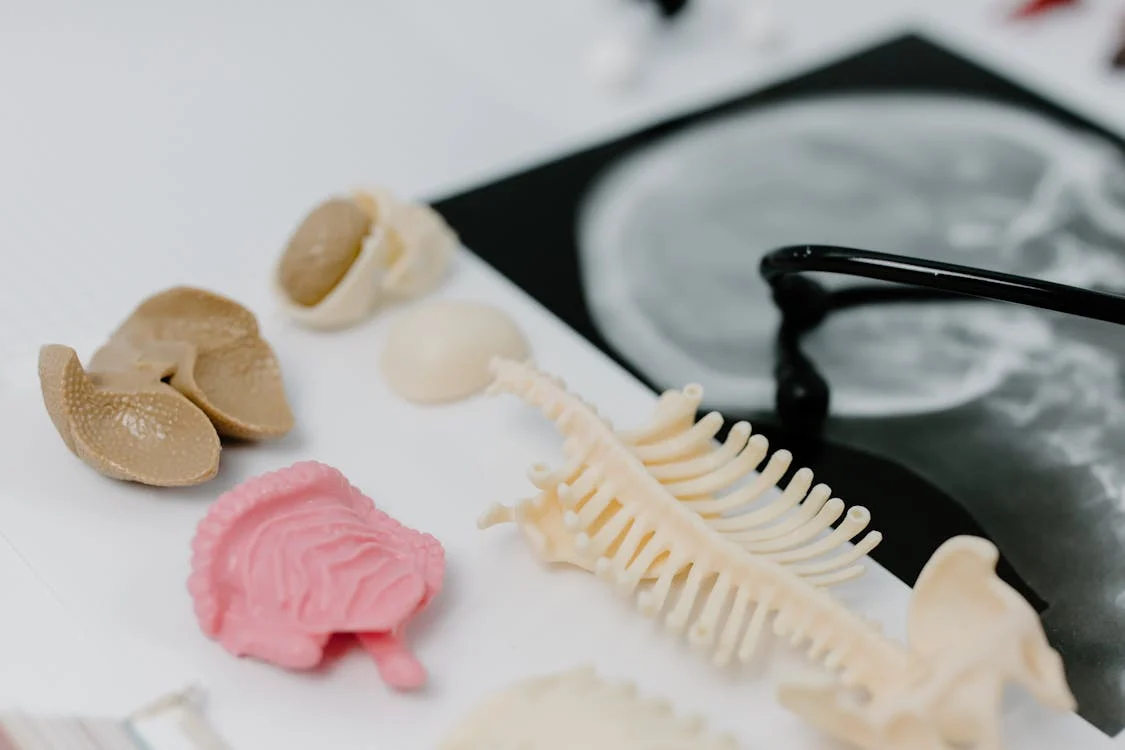0HCW3ZZ is a medical code that represents the removal of material from the right nipple using a percutaneous approach. This procedure is typically done to address a specific issue or condition in the nipple region.
Table of Contents:
- 🔎 Clinical Indication
- 📋 Preparation
- 📖 Methodology
- 🩹 Recovery
- 🚨 Complexity & Risk
- 🔀 Similar Procedures
🔎 Clinical Indication
0HCW3ZZ, or Extirpation of Matter from Right Nipple, Percutaneous Approach, may be performed in cases where there is a presence of abnormal tissue or growth in the right nipple area.
During the procedure, a percutaneous approach is used to remove the abnormal tissue, which involves making a small incision and using specialized tools to extract the matter from the right nipple.
This procedure is typically done to investigate and treat any underlying conditions, such as tumors or cysts, and to alleviate symptoms like pain, discharge, or changes in the appearance of the nipple.
📋 Preparation
Before undergoing the 0HCW3ZZ procedure, patients must typically undergo a consultation with their medical provider. This consultation will involve discussing the risks and benefits of the procedure, as well as any potential alternatives.
In preparation for the Extirpation of Matter from the Right Nipple, patients may be asked to refrain from eating or drinking for a certain amount of time before the procedure. This is to reduce the risk of complications during the surgery.
Additionally, patients may need to have blood work done before the procedure to ensure they are healthy enough to undergo surgery. This will also help the medical team make any necessary adjustments to the patient’s anesthesia plan.
📖 Methodology
During 0HCW3ZZ, a percutaneous approach is used to remove material from the right nipple. This procedure is typically done to eliminate abnormal growths or fluid buildup in the area.
A percutaneous approach involves making a small incision and using a needle or similar tool to remove the material. This minimally invasive technique can be done on an outpatient basis with minimal scarring and a relatively quick recovery time.
🩹 Recovery
After undergoing extirpation of matter from the right nipple, the patient typically goes through a period of recovery. This may involve some discomfort, swelling, and bruising around the nipple area.
It is common for doctors to recommend avoiding strenuous activities for a few days to allow the nipple to heal properly. Patients may also be given pain medication to manage any discomfort during the recovery process.
Additionally, patients should follow their doctor’s instructions for wound care and attend any follow-up appointments to monitor their progress. Overall, most patients experience a full recovery within a few weeks after the procedure.
🚨 Complexity & Risk
Performing 0HCW3ZZ, or Extirpation of Matter from Right Nipple with a percutaneous approach, involves removing tissue or abnormal growth from the right nipple using a minimally invasive technique. This procedure can be complex due to the precise nature of the removal process and the need to ensure all affected tissue is properly excised.
Patients undergoing this procedure may face potential risks such as infection, bleeding, or damage to surrounding tissue. There is also a risk of recurrence if all affected tissue is not completely removed during the initial procedure. It is important for patients to discuss these risks with their healthcare provider before undergoing Extirpation of Matter from Right Nipple to make an informed decision about their treatment.
🔀 Similar Procedures
Another medical procedure similar to 0HCW3ZZ is a chest tube insertion. This procedure involves the insertion of a small tube through the skin into the chest cavity to drain excess fluid or air. Like extirpation of matter from the right nipple, chest tube insertion is done percutaneously, meaning it is performed through the skin.
Another similar procedure is a percutaneous biopsy. This procedure involves using a needle to extract a small sample of tissue from a targeted area for further analysis. Just like extirpation of matter from the right nipple, percutaneous biopsies are minimally invasive and typically performed under local anesthesia.

